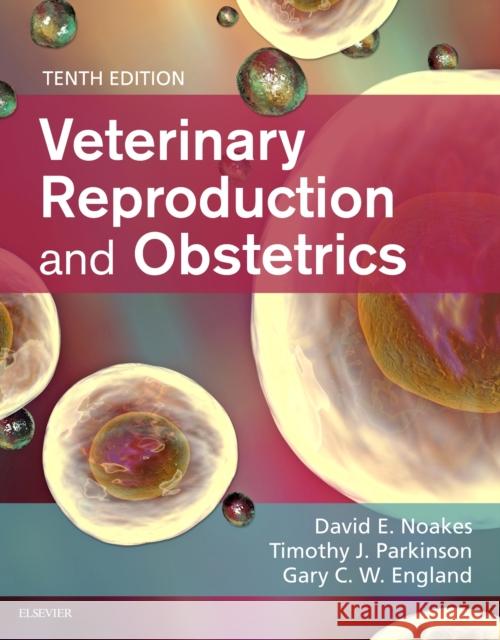Veterinary Reproduction & Obstetrics » książka
topmenu
Veterinary Reproduction & Obstetrics
ISBN-13: 9780702072338 / Angielski / Twarda / 2018 / 848 str.
Kategorie BISAC:
Wydawca:
Saunders Ltd.
Język:
Angielski
ISBN-13:
9780702072338
Rok wydania:
2018
Ilość stron:
848
Waga:
2.23 kg
Wymiary:
28.19 x 22.35 x 3.3
Oprawa:
Twarda
Wolumenów:
01
Dodatkowe informacje:
Bibliografia
Wydanie ilustrowane
Wydanie ilustrowane











